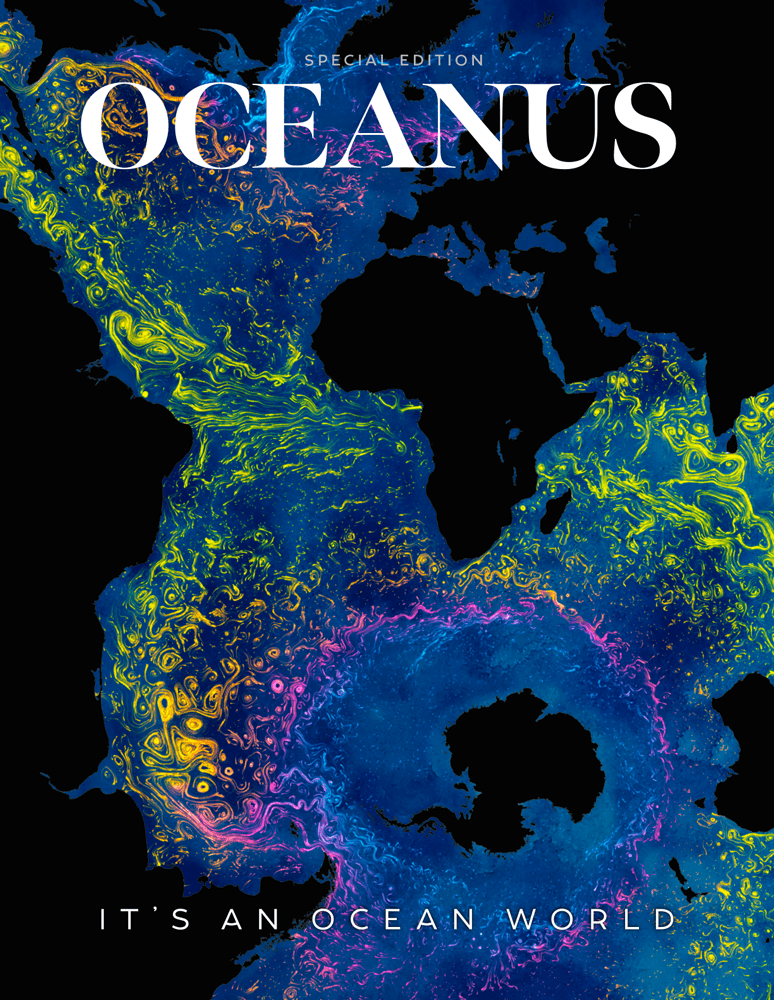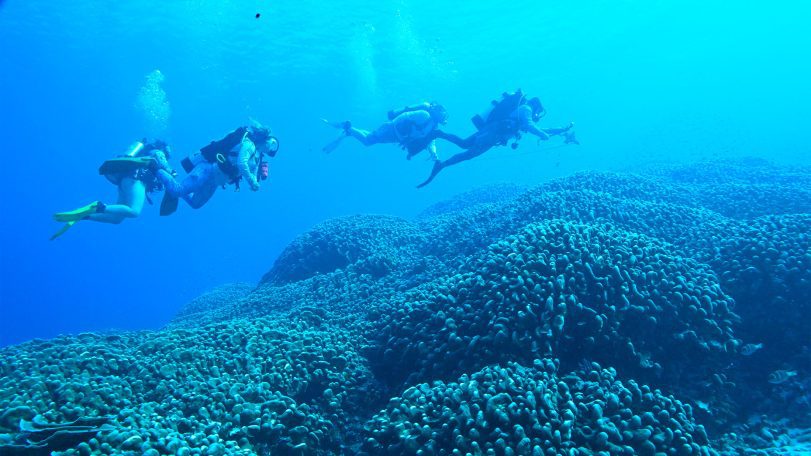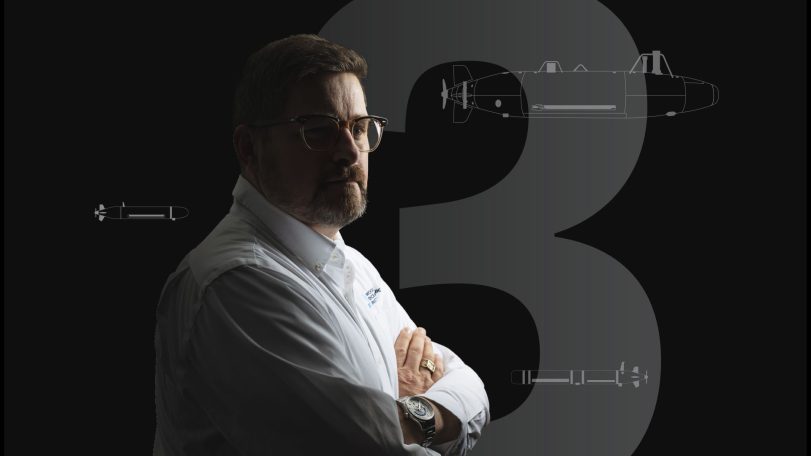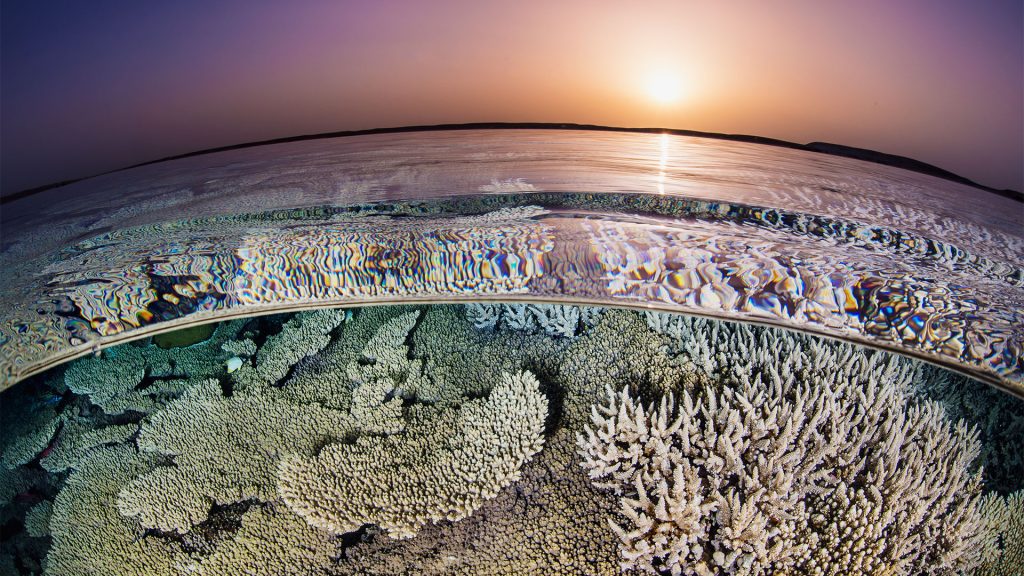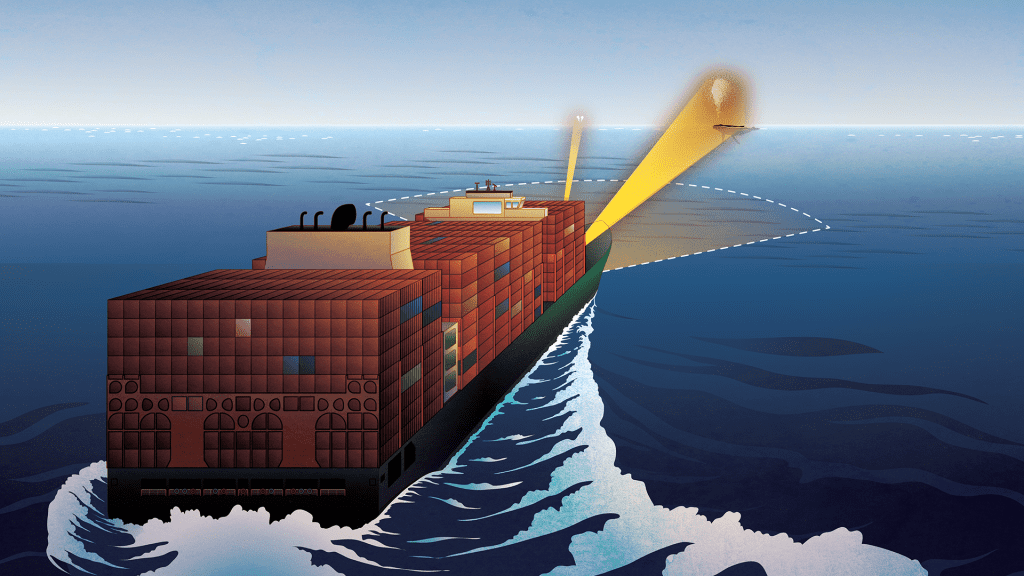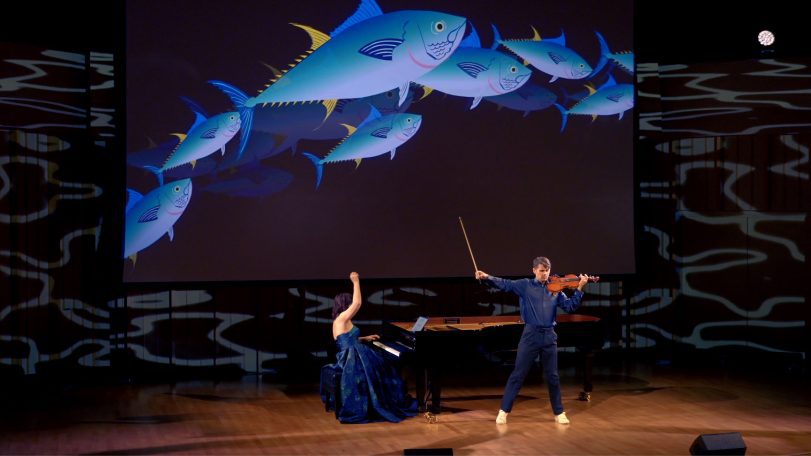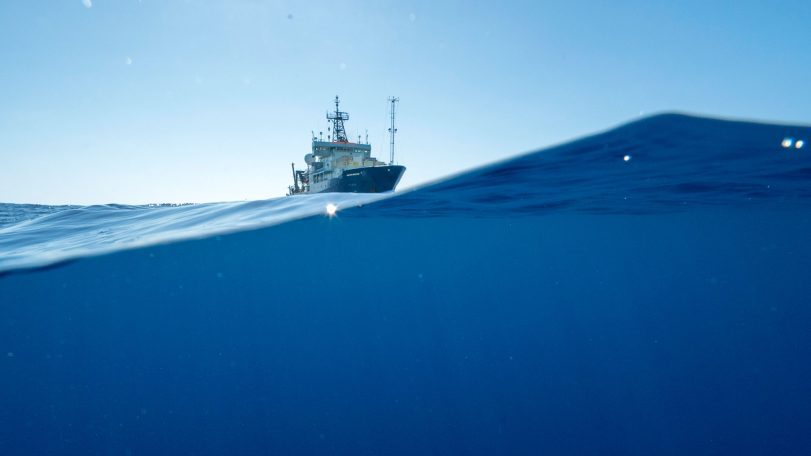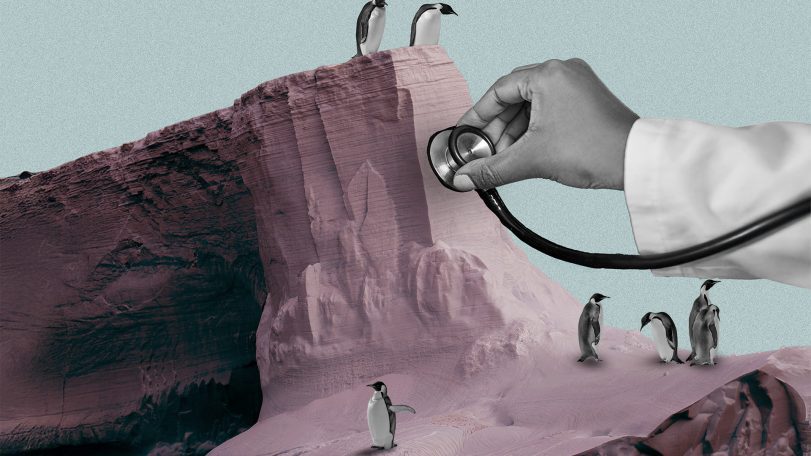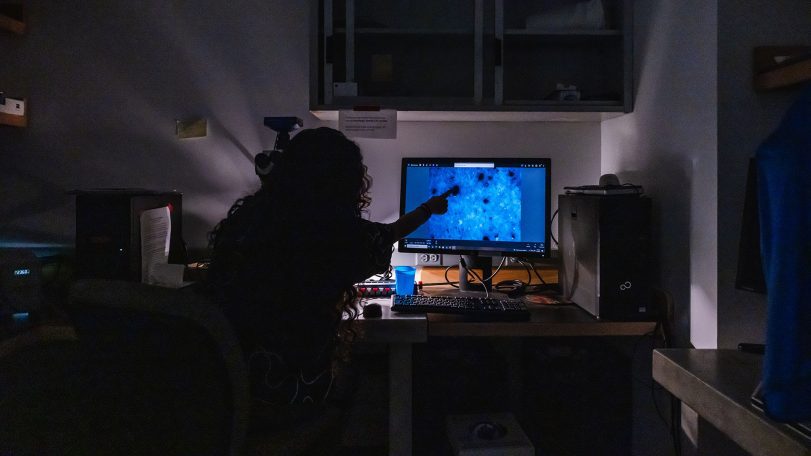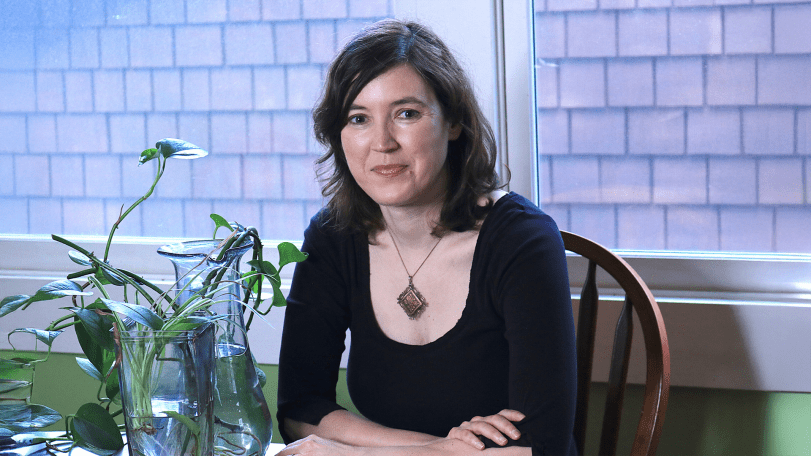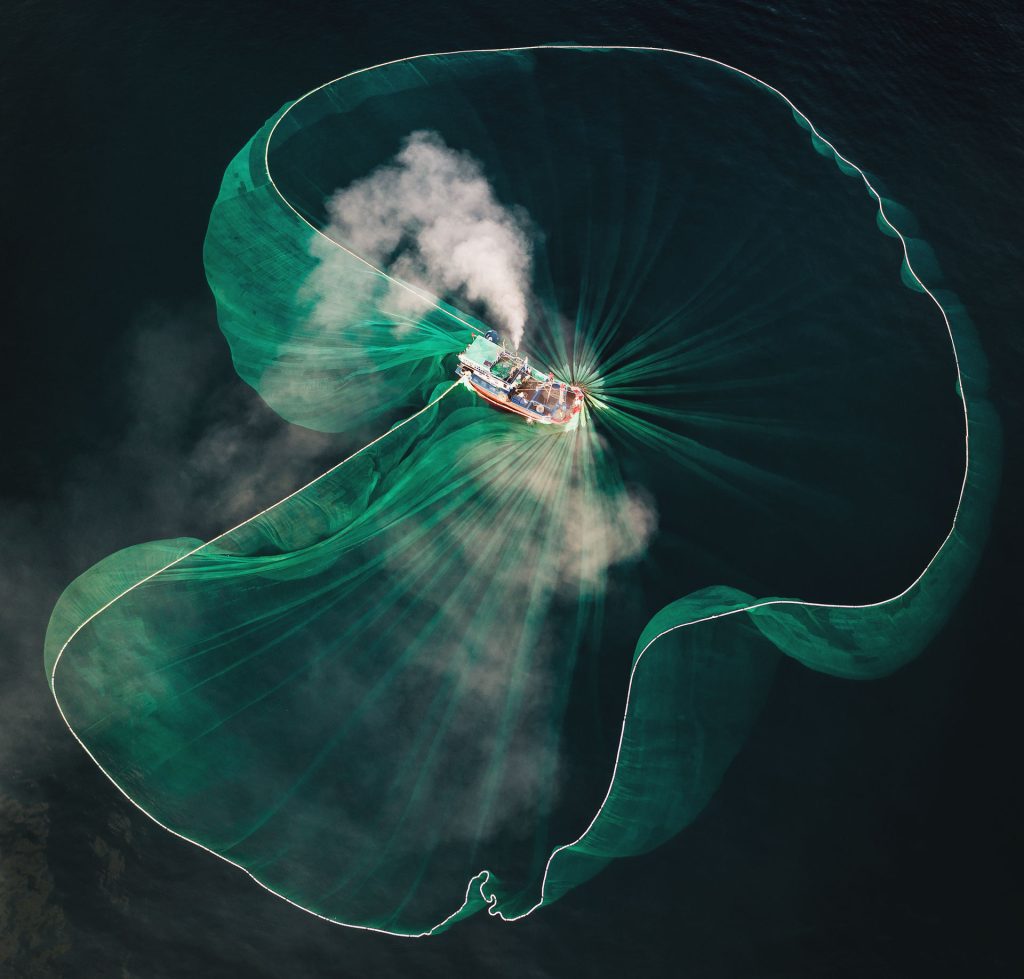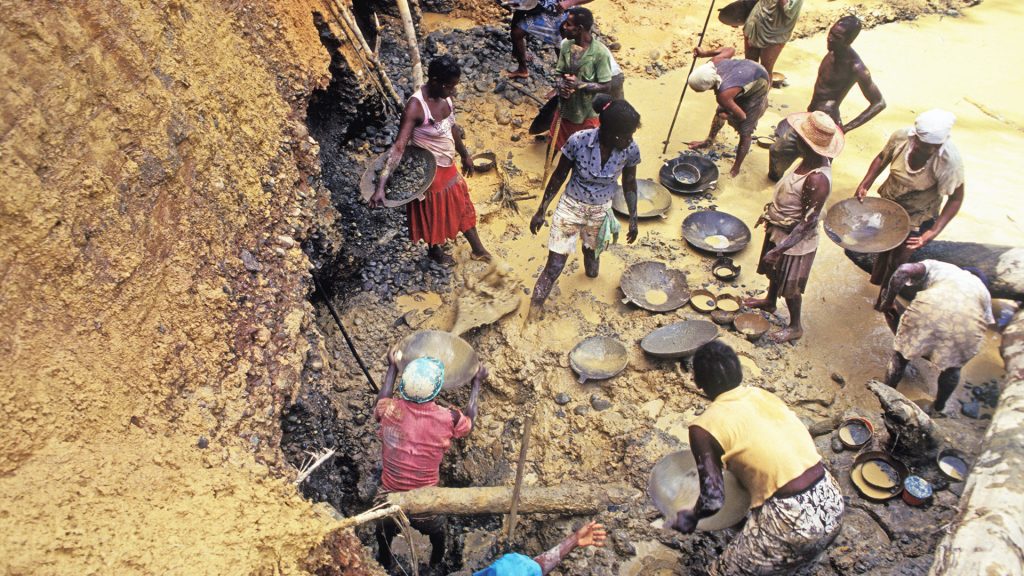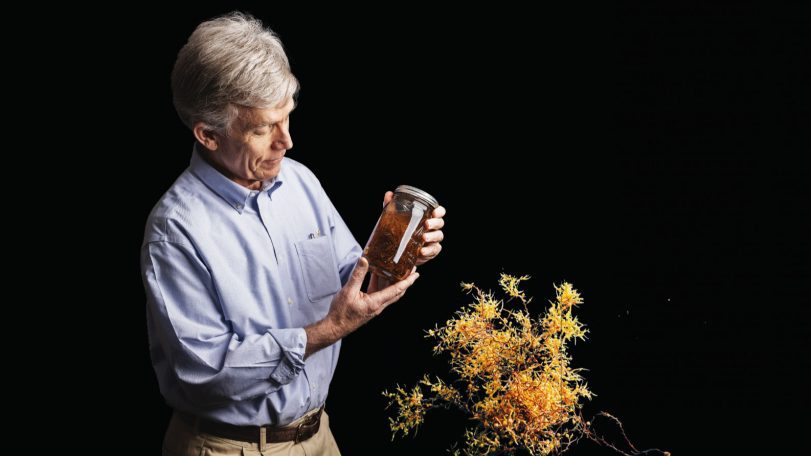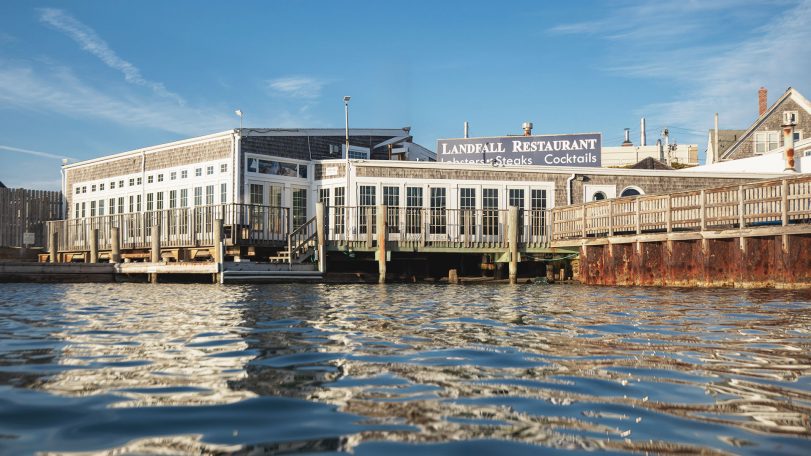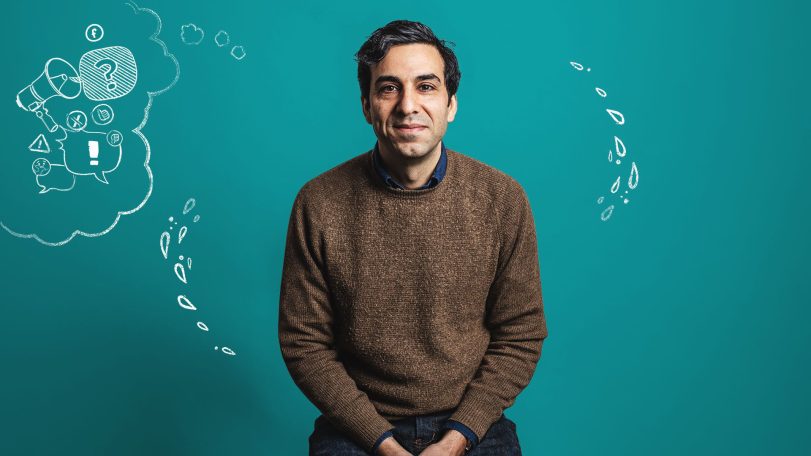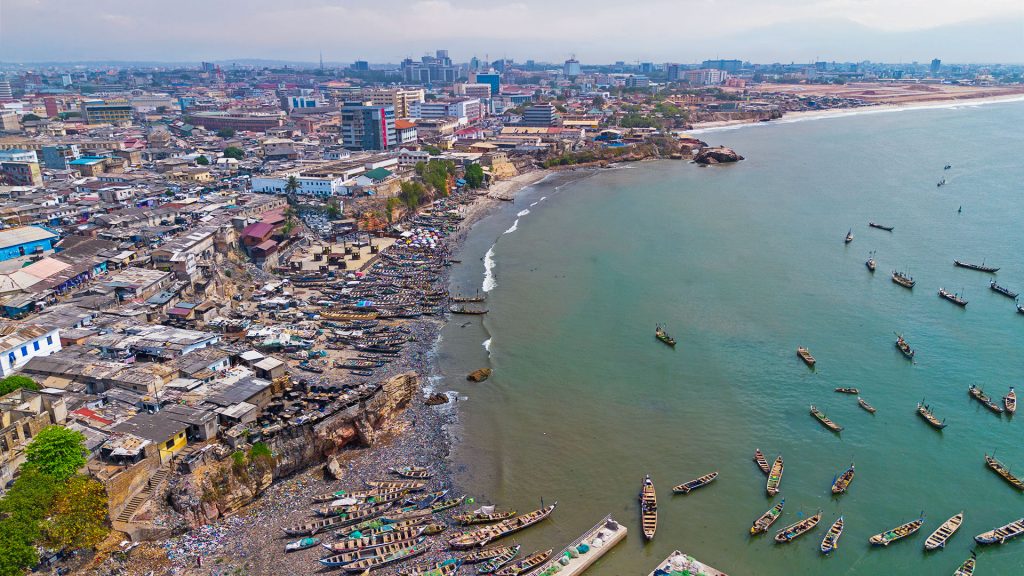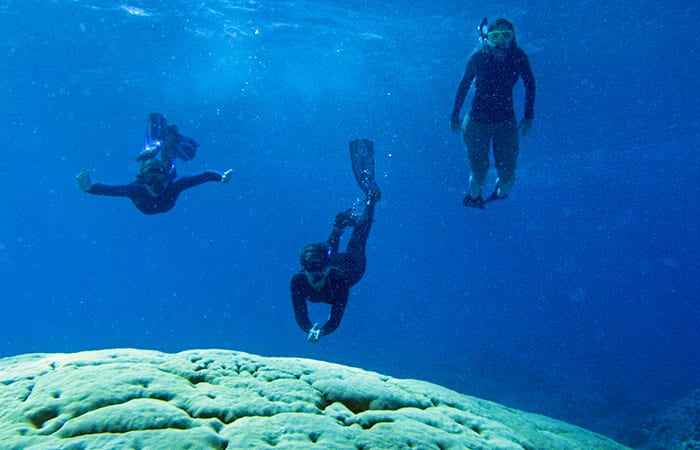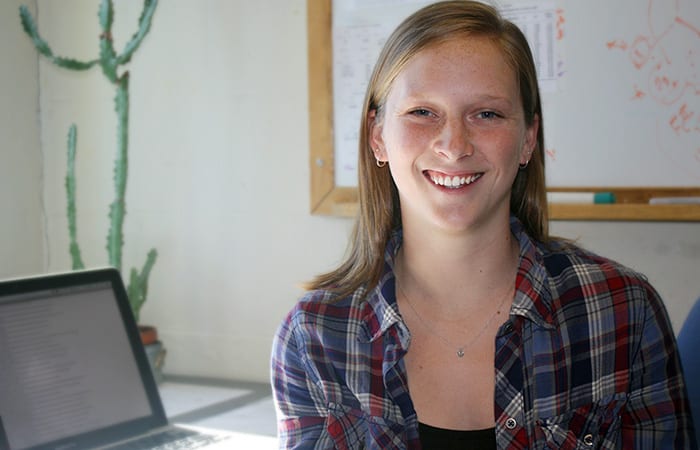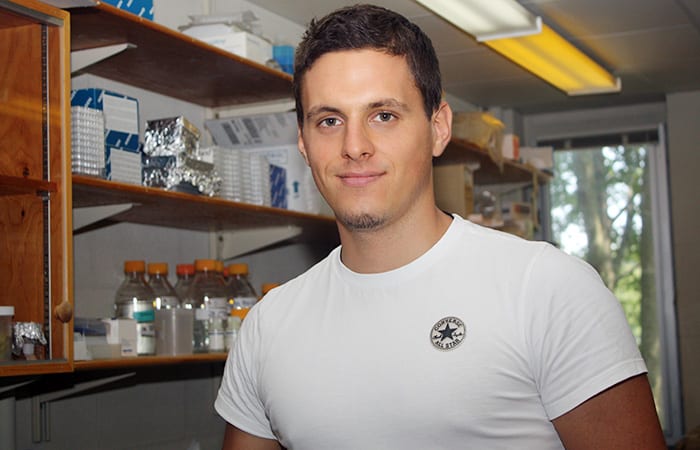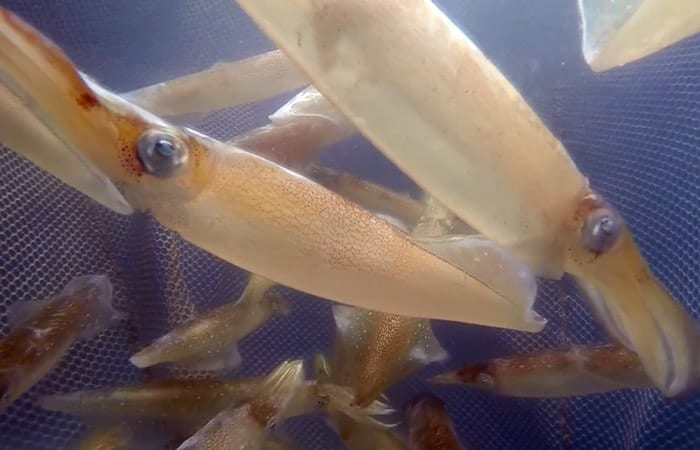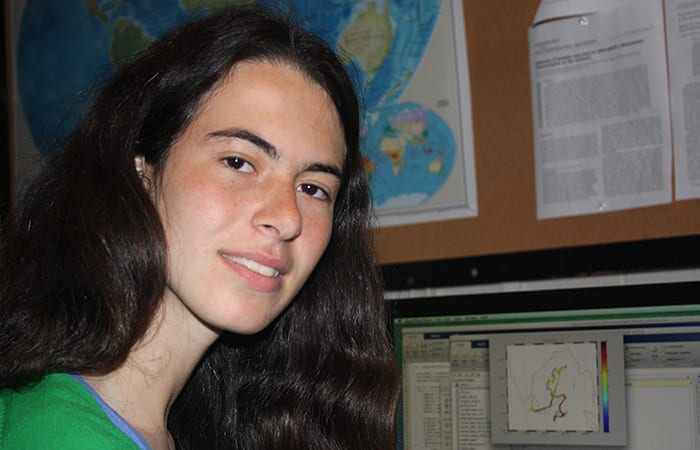
Lessons from a lifetime of exploration
Award-winning ocean photographer Brian Skerry shares insights from a career spent around ocean life and science
How an MIT-WHOI student used Google Earth to uncover a river–coral reef connection
Climate & Weather How an MIT-WHOI student used Google Earth to uncover a…
The little big picture
WHOI senior biologist Heidi Sosik on the critical need for long-term ocean datasets
The ocean weather nexus, explained
The vital role of ocean observations in extreme weather forecasting
Breaking down plastics together
Through a surprising and successful partnership, WHOI and Eastman scientists are reinventing what we throw away
Three questions with Carl Hartsfield
Captain Hartsfield, USN retired, discusses the role ocean science plays in our national defense

and get Oceanus delivered to your door twice a year as well as supporting WHOI's mission to further ocean science.
Our Ocean. Our Planet. Our Future.
The Ocean (Re)Imagined
How expanding our view of the ocean can unlock new possibilities for life
Body snatchers are on the hunt for mud crabs
WHOI biologist Carolyn Tepolt discusses the biological arms race between a parasite and its host
A polar stethoscope
Could the sounds of Antarctica’s ice be a new bellwether for ecosystem health in the South Pole?
Secrets from the blue mud
Microbes survive—and thrive—in caustic fluids venting from the seafloor
Top 5 ocean hitchhikers
As humans traveled and traded across the globe, they became unwitting taxis to marine colonizers
Following the Polar Code
Crew of R/V Neil Armstrong renew their commitment to Arctic science with advanced polar training
Harnessing the ocean to power transportation
WHOI scientists are part of a team working to turn seaweed into biofuel
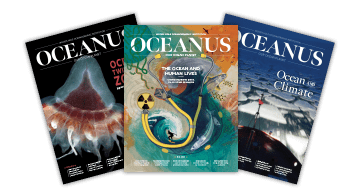
Looking for something specific?
We can help you with that. Check out our extensive conglomeration of ocean information.
Casting a wider net
The future of a time-honored fishing tradition in Vietnam, through the eyes of award-winning photographer Thien Nguyen Noc
Gold mining’s toxic legacy
Mercury pollution in Colombia’s Amazon threatens the Indigenous way of life
How do you solve a problem like Sargassum?
An important yet prolific seaweed with massive blooms worries scientists
Ancient seas, future insights
WHOI scientists study the paleo record to understand how the ocean will look in a warmer climate
Rising tides, resilient spirits
As surrounding seas surge, a coastal village prepares for what lies ahead
Whistle! Chirp! Squeak! What does it mean?
Avatar Alliance Foundation donation helps WHOI researcher decode dolphin communication
We can’t do this alone
For marine chemist Adam Subhas, ocean-climate solutions don’t happen without community
How WHOI helped win World War II
Key innovations that cemented ocean science’s role in national defense
Life at the margins
Scientists investigate the connections between Ghana’s land, air, sea and blue economy through the Ocean Margins Initiative
From Lab to Sea
Scientists at Woods Hole Oceanographic Institution share their field-tested experience, training graduate students on methods…
Big Questions About Tiny Bacteria
It’s 3 a.m., and Jesse McNichol is struggling to stay awake. Since midafternoon, he’s been…
Where Did Deepwater Horizon Oil Go?
The Deepwater Horizon oil spill was unprecedented, and five years later, scientists are piecing together new insights into how the oil moved and behaved in the deep ocean.
Coral-Current Connections
Will climate change shift a key ocean current in the Pacific? A graduate student is looking for clues recorded in coral skeletons.
‘Covering’ Alvin‘s History
The Spellman Museum of Stamps and Postal History in Weston, Mass., is having an exhibit of postal covers and artifacts related to the submersible Alvin’s 50th anniversary Oct. 3 to Nov. 2.
It’s Hard to Kill a Killifish
Summer Student Fellow Lily Helfrich is using a new molecular tool, microRNA analysis, to explore why some killifish are able to thrive in waters heavily contaminated with PCBs.
On the Trail of an Invader
To find out when and how fast a small gray barnacle came to New England waters, WHOI researchers turn to forensic techniques.
Recovering After a Hurricane
Summer Student Fellow Maya Becker studied how vulnerable four coastal communities were to major hurricanes—and how fast they recovered.
A Summer of Science by the Sea, 2014 (Part II)
Every summer since 1959, undergraduates from around the world have come to Woods Hole Oceanographic Institution for a program to learn about ocean science and conduct research under the guidance of WHOI scientists. Read the second and final installment of our series of profiles of this year’s young scholars.
Is Ocean Acidification Affecting Squid?
The rise in carbon dioxide in the ocean from fossil-fuel burning may have insidious impacts…
Sea Science in the Space Age
South Asian monsoons bring huge amounts of fresh water into the Bay of Bengal. Summer Student Fellow Mara Freilich used huge data sets from satellites to how and where the salinity of the Bay changes as a result.
Swimming in Low-pH Seas
Researchers knew that squid raised in acidified water developed abnormal balance organs. To find out whether the young squid could still balance and swim normally, Summer Student Fellow Doriane Weiler mapped their movements.
